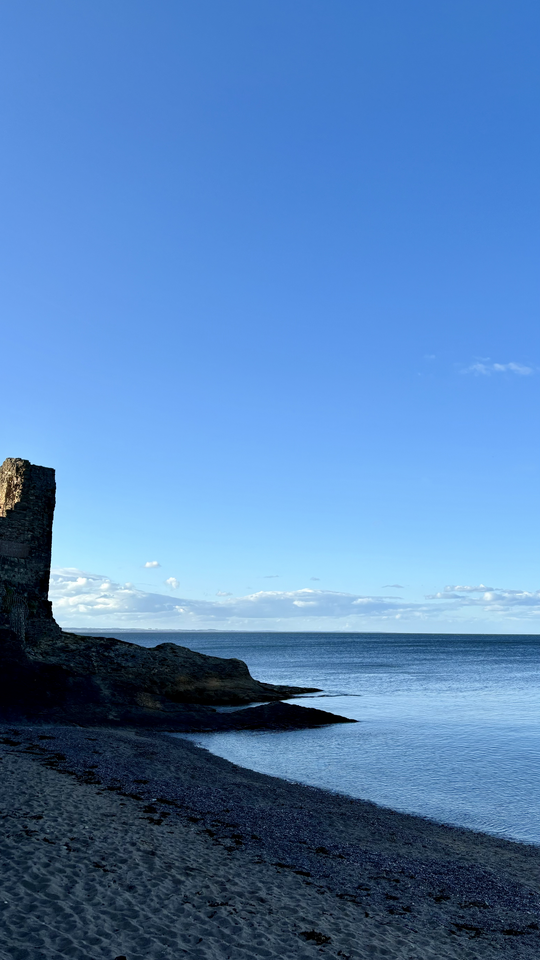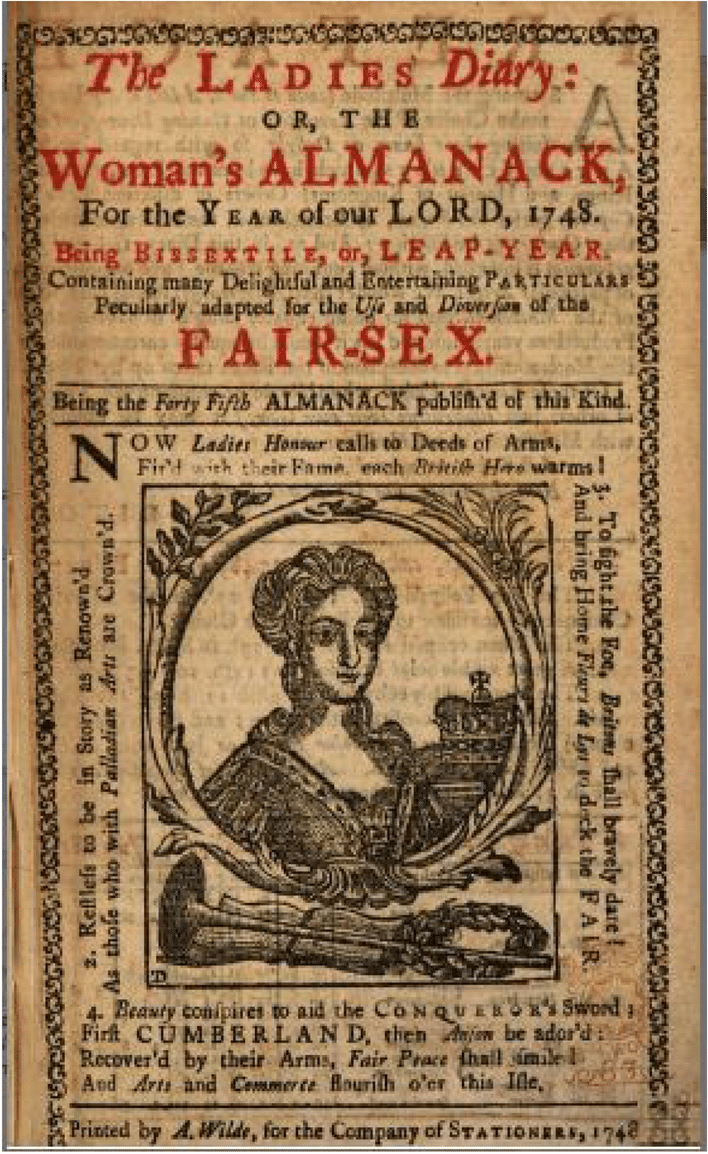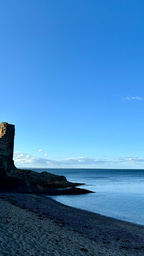🔍 Exploring the Hidden Hands Behind 17th and 18th Century Almanacks📚✨

🌟 Why This Project?
I was drawn to this project because almanacks were vital tools for planning agricultural activities, medical practices, and daily decisions in the 1600s and 1700s. Despite their importance, the collaborative efforts behind their creation, especially by family members, have been largely hidden from history. This research bridges my interests in history and gender studies.
📝 Initial Insights
- Almanacks as a Family Enterprise: The production of almanacks was a family business that required intricate mathematical calculations and precise astronomical knowledge.
- Challenging Traditional Narratives: Women often played significant roles in these efforts, challenging the traditional narratives that depict scholarly activities as male-dominated.
- The Beighton Family Example: The Beighton family’s almanacks, for instance, included documented contributions from the editor’s wife, illustrating the collaborative nature of this work. Her involvement ranged from data collection to assisting with complex calculations, which were crucial for the almanack’s accuracy.
- The Ladies’ Diary: First published in 1704, The Ladies' Diary was a groundbreaking almanac that catered specifically to women, featuring mathematical puzzles, riddles, and scientific content. Edited by prominent figures such as John Tipper and later Thomas Simpson, it was known for encouraging women's intellectual engagement and contributions.
🔍 Beyond Initial Insights
Once I delved deeper into the topic, I discovered that many other families followed similar collaborative patterns, where both men and women contributed to different facets of almanack production. This revelation highlights a more inclusive view of historical scholarship, where women's contributions were essential, albeit often unrecognized.
The Ladies’ Diary: Eclipse Calculations (1713-1758)
The Ladies' Diary was instrumental in the dissemination of scientific knowledge, particularly in the field of astronomy, where eclipse calculations played a crucial role. Between 1713 and 1758, the almanac featured detailed eclipse predictions, which were a testament to the mathematical and astronomical expertise of the contributors involved.
Who Calculated the Eclipses?
- John Tipper (Editor, 1704-1713):
- Role: Founder and initial editor of The Ladies' Diary. Tipper was a mathematician who laid the groundwork for the almanac’s scientific content.
- Contribution: He was responsible for setting the tone of mathematical rigor, although the eclipse calculations during his tenure were likely assisted by fellow mathematicians in his network.
- Henry Beighton (1713-1743):
- Role: Continued the work of Tipper by focusing on more complex mathematical problems and astronomical events.
- Contribution: Beighton was known for his meticulous calculations and likely used the Kepler’s tables a set of astronomical tables published by Johannes Kepler, which were the most advanced of their time.
- Thomas Simpson (1743-1758):
- Role: A mathematician who significantly improved the mathematical content of the almanac.
- Contribution: Simpson introduced more sophisticated techniques in eclipse prediction, possibly utilizing Edmund Halley's Tables, which accounted for lunar and solar movements with greater accuracy.
Methods and Tables Used
Edmund Halley’s Tables (Late 17th Century)
- Halley's work focused on improving lunar and solar tables, which were crucial for predicting eclipses accurately. He accounted for the moon’s irregular motion, providing tables that could predict solar and lunar eclipses years in advance.
John Flamsteed’s Astronomical Tables (Early 18th Century)
- Flamsteed, the first Astronomer Royal, published detailed tables that improved the accuracy of eclipse predictions. His work provided positions of the stars and planets, which were essential references for almanac calculations.
Methodologies
- Longitude and Latitude Calculations: Contributors calculated the positions of the sun and moon in the sky using tables that required adjustments for geographical longitude and latitude.
- Parallax Correction: This involved correcting the apparent position of celestial bodies from different points on Earth, a necessary step for accurate eclipse predictions.
- Mathematical Formulas: Use of sine and cosine functions to calculate angles and predict the path of the eclipse.
The Ladies' Diary: Impact on Women’s Education
The Ladies' Diary was not just a publication for predicting eclipses and solving mathematical puzzles; it was a significant educational tool that encouraged women to engage with science and mathematics at a time when such subjects were often considered unsuitable for them.
- Promoting Female Education: The almanac featured contributions from women who solved complex mathematical problems, showing that women could engage with scientific content.
- Social Influence: By showcasing women’s solutions and publishing their queries, The Ladies’ Diary created a community of female intellectuals who supported each other in academic pursuits.
🛠️ Leadership and Skills Development
Through this project, I had the opportunity to hone various leadership skills:
- Collaborative Teamwork and Ethical Research: Working with a diverse team of historians and archivists taught me the importance of collaborative teamwork and ethical research practices. We often had to navigate differing opinions and approaches, requiring diplomacy and consensus-building.
- Effective Time Management and Task Delegation: Managing the research process involved setting clear goals and deadlines, which enhanced my time management skills. Delegating tasks according to team members’ strengths ensured that we worked efficiently and effectively.
- Clear Communication: Presenting our findings to different audiences honed my ability to communicate complex ideas clearly and concisely. This was particularly important when addressing audiences unfamiliar with historical or gender studies, as it required adapting our message for clarity and impact.
🔬 Conducting the Research
The research process involved a combination of archival research, analysis of historical documents, and consultations with experts in the field. I spent countless hours in libraries and archives, examining original almanacks and related correspondence to piece together the social dynamics of their production. This hands-on experience not only improved my research skills but also deepened my appreciation for the meticulous work historians undertake.
Our team employed digital tools to analyze patterns and trends across hundreds of almanacks, providing insights into the evolving roles of women and family dynamics over time. This digital approach allowed us to visualize data in ways that traditional methods could not, offering fresh perspectives on historical narratives.
The Research Journey with The Ladies’ Diary
In exploring The Ladies’ Diary, I focused on understanding how it provided a unique platform for women to express and enhance their intellectual capabilities. By analyzing contributions from female readers, I was able to trace the development of women's education and engagement in the sciences during this period.
- Archival Exploration: I delved into archives holding copies of The Ladies’ Diary, tracing submissions from women and analyzing the types of problems posed and solved by them.
- Interviews with Historians: Collaborating with historians specializing in women's studies allowed me to interpret the data in the context of the broader societal changes occurring during the 18th and 19th centuries.
- Digital Mapping of Contributors: Using digital tools, I mapped the geographic locations and backgrounds of female contributors to see how access to education and intellectual communities varied across regions.
🎯 Rewarding Experience
This research journey has been incredibly rewarding. It has broadened my understanding of historical production practices and highlighted the unrecognized roles of women in scholarly activities. The experience of uncovering hidden stories and giving voice to those previously overlooked has been profoundly fulfilling.
By engaging in this project, I have developed a stronger appreciation for the complexities of historical research and the value of interdisciplinary study. The insights gained from this experience will undoubtedly inform my future research and academic pursuits.
🔮 Looking Ahead
I aim to further explore the societal conditions that enabled these family enterprises, focusing on educational backgrounds and intergenerational knowledge transfer. Specifically, I am interested in how literacy and education among women of that era influenced their participation in such scholarly activities. I am excited to uncover more about the patterns and trends over the 200-year period that influenced almanack production.
I look forward to sharing more insights as my research progresses, including a deeper dive into specific families and the unique contributions of women across different regions and time periods. My next steps involve publishing detailed analyses of how The Ladies' Diary shaped women's roles in mathematics and astronomy, thus bridging historical gaps


Please sign in
If you are a registered user on Laidlaw Scholars Network, please sign in